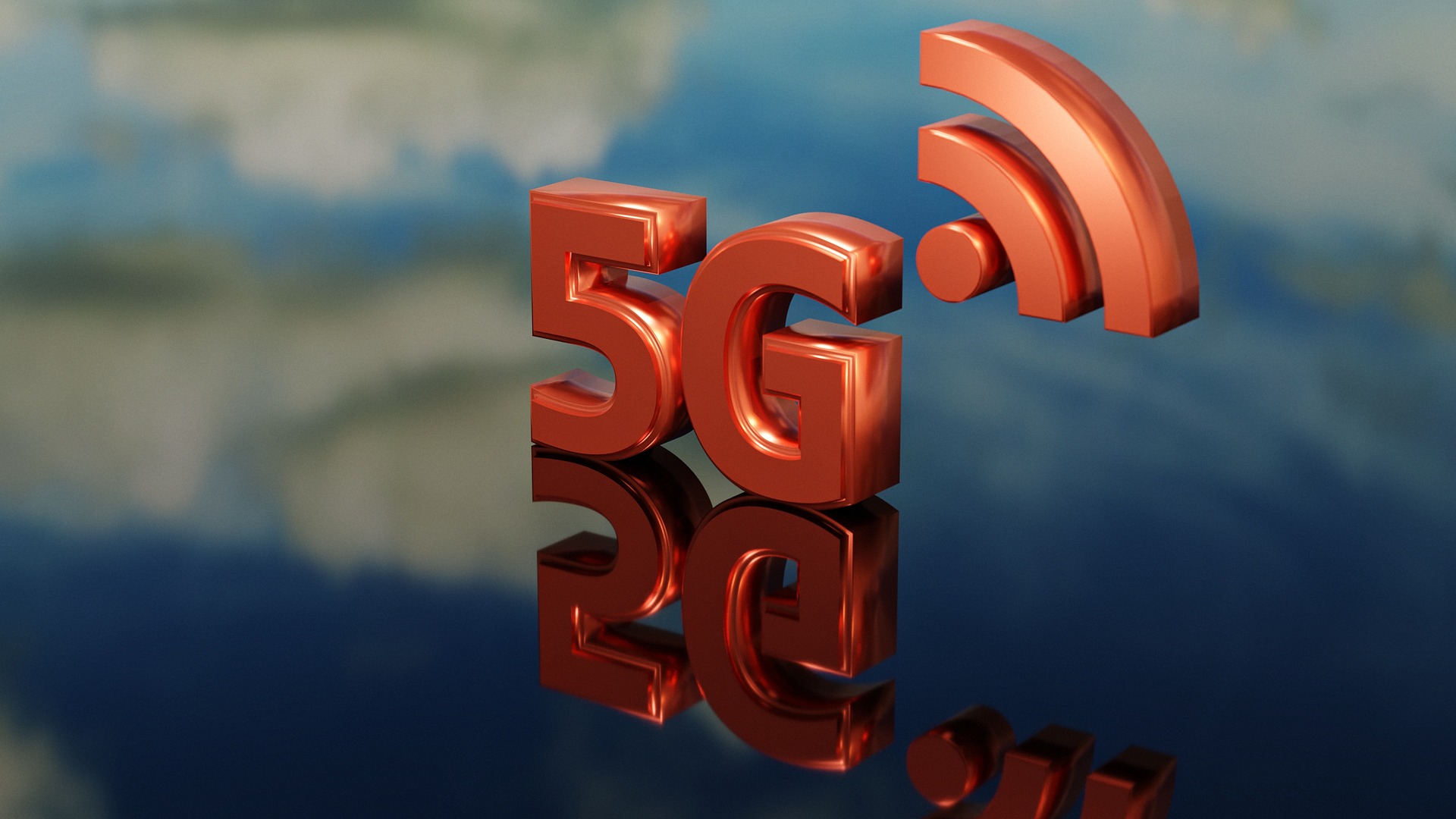Advancements in Telecommunication: The Rise of Fixed Wireless Access
The world of telecommunications is ever-evolving, with new technologies and advancements constantly reshaping the landscape. One such development that has been gaining traction in recent years is Fixed Wireless Access (FWA). This technology has the potential to revolutionize the way we connect to the internet, offering a viable alternative to traditional wired connections.

A Brief History of Fixed Wireless Access
Fixed Wireless Access is not a new concept. The technology has been around for decades, with its roots tracing back to the early days of radio communication. However, it wasn’t until the advent of advanced wireless technologies like Wi-Fi and 4G LTE that FWA started to become a practical solution for broadband connectivity.
The idea behind FWA is simple: instead of relying on physical cables to deliver internet service, data is transmitted over the air using radio waves. This eliminates the need for costly and time-consuming infrastructure projects, making it an attractive option for areas where wired connections are impractical or too expensive.
The Current State of Fixed Wireless Access
The rise of 5G has brought FWA back into the spotlight. With its high speeds, low latency, and capacity to handle large amounts of data, 5G is seen as the perfect platform for delivering FWA services. Telecom companies around the world are now investing heavily in FWA, with the aim of providing high-speed internet access to homes and businesses in areas that are underserved by traditional broadband networks.
However, the deployment of FWA is not without its challenges. The technology relies on line-of-sight connections, which can be obstructed by buildings, trees, and other obstacles. Additionally, the signals used by FWA can be affected by weather conditions, potentially impacting the quality of the service.
The Impact of Fixed Wireless Access
Despite these challenges, the potential benefits of FWA are significant. For consumers, it offers the possibility of high-speed internet access in areas where it was previously unavailable or unreliable. For businesses, it provides a flexible and cost-effective solution for connecting remote offices or temporary sites.
Moreover, FWA has the potential to play a crucial role in bridging the digital divide – the gap between those who have access to modern information and communication technology, and those who don’t. By making high-speed internet access more widely available, FWA can help to level the playing field and ensure that everyone has the opportunity to benefit from the digital revolution.
Looking Ahead: The Future of Fixed Wireless Access
As we look to the future, it’s clear that FWA has a significant role to play in the telecommunications landscape. With ongoing advancements in wireless technology and a growing demand for high-speed internet access, the potential for FWA is vast.
However, to realize this potential, it will be crucial for telecom companies to continue investing in the development and deployment of FWA technology. This will involve overcoming the technical challenges associated with FWA, as well as navigating the regulatory and logistical hurdles that come with deploying a new type of internet service.
In conclusion, while FWA is not without its challenges, the technology holds great promise for the future of telecommunications. As we continue to push the boundaries of what’s possible with wireless technology, FWA could become an increasingly important part of our connected world.





